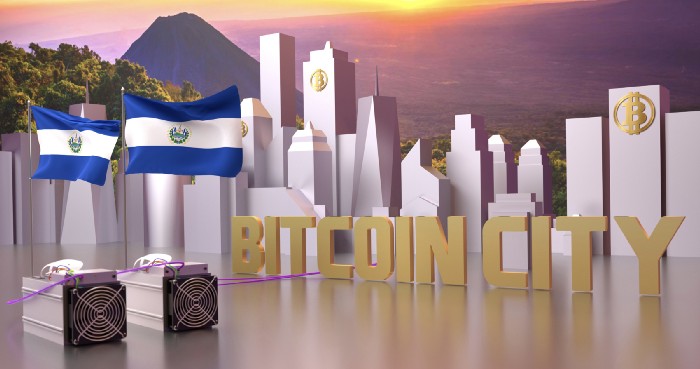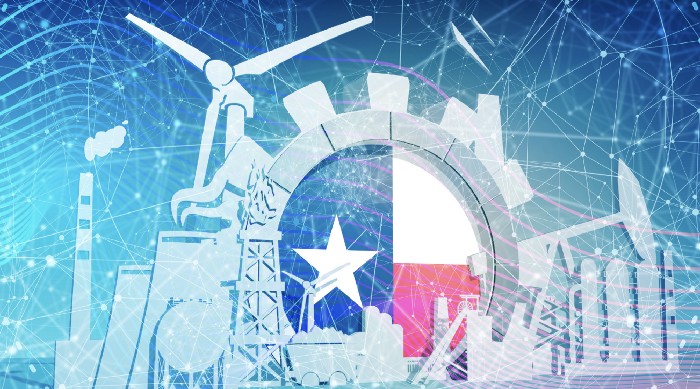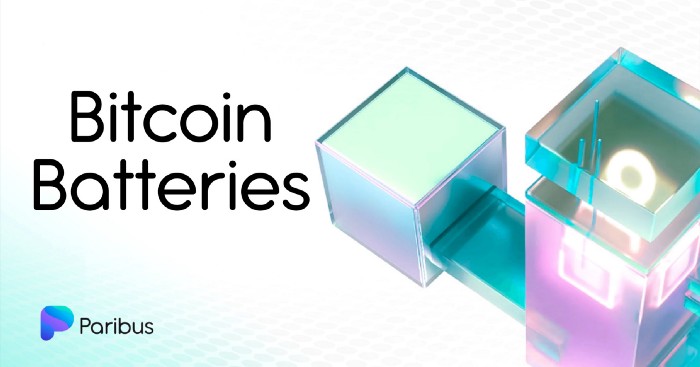In the late 19th Century, a war of great minds was waged in the US between Nikola Tesla and Thomas Edison that would shape the way electricity was delivered throughout the world. Edison proposed using direct current (DC), whereas Tesla favored alternating current (AC), proving that it was far more efficient.
Their battle was more than just competing ideologies, it was also a fight between commerce and banks. Edison was backed by J.P.Morgan, the most powerful banker in the US, whereas Tesla was backed by entrepreneur George Westinghouse Jr. Dirty tricks and false narratives were spread in the media to try and favor Edison, but eventually, the benefits of AC became apparent to all. The rest is history.
Despite AC being more efficient than DC there are still issues with power loss over long distances and the cost of installing the infrastructure to transmit electricity from the power plants to people’s homes. Added to that is the difficulty in storing excess electricity. Although Elon Musk’s company, Tesla, is presently working to create a distributed battery system to soak up some of this excess it’s still incredibly expensive and inefficient.
One solution to the problem is to use excess electricity to mine Bitcoin, thus solving both problems of storing electricity and transmitting it efficiently. Many times Bitcoin is referred to as a store of wealth, but it can also be seen as a store of electricity.

The President of El Salvador, Nayib Bukele had this thought in mind when he envisioned creating the world’s first Bitcoin City next to the Conchagua volcano. The state-owned energy company LaGeo, currently produces electricity from around 20 different volcanoes in El Salvador harnessing their geothermal energy.
By using some of the electricity the plants produce to mine Bitcoin they can then store this energy as value and transmit it to any part of the country with the click of a button. The BTC can then be converted back to cash to pay for improving the infrastructure, financing solar power, or industrial-scale battery systems such as those being developed by Tesla.
Whilst Bitcoin can’t be converted back to electricity directly, it can prevent the excess electricity from being lost. This is perhaps the most valuable use of the concept which flies in the face of critics who claim proof of work mechanisms are inherently damaging to the environment.
This false narrative about proof of work versus proof of stake is based on the assumption that Bitcoin miners are based in urban locations taking electricity away from regular people. If that were the case then most miners would be bankrupt as the cost of electricity in these locations makes mining unviable.

One of the largest Bitcoin miners in the US is Riot Blockchain which operates a facility in Rockdale, Texas. They work closely with electricity providers, scaling their hash rate up and down to make the most effective use of cheap electricity on the network. At times when demand is high, they reduce their mining, and at times when demand is low, they increase it.
Given the weak infrastructure of the electricity grid in Texas it might seem odd that Bitcoin miners would move there. Surely that would place even more of a burden on the system. However, Texas senator Ted Cruz said, “In five years, I expect to see a dramatically different terrain with Bitcoin mining playing a significant role as strengthening and hardening the resiliency of the grid.”
Texas Governor, Gregg Abbott recognized the key to improving the network was to attract Bitcoin miners. They would drive increased investment in infrastructure and power generation, add jobs, and increase the state’s tax revenues. This may also explain why Texas recently barred BlackRock, UBS, Credit Suisse, and many other companies that advocate an anti-crypto ESG ideology from doing business with the state.
As Ethereum approaches its merge this week the media narrative will continue to be that proof of stake blockchains are environmentally friendly and proof of work chains are destructive. The truth of the matter is that Ethereum always intended to transition to proof of stake. Its reasons for so doing were baked in from the very start of the project.
Blockchain, like all technologies, can be environmentally harmful or beneficial. It depends more on the intentions of the people who use it than the technology itself. What’s amazing to witness are the ingenious methods that so many people are using to leverage both types of blockchain technology. Whether it’s building a city at the base of a volcano, improving access to education, or enabling true financial sovereignty we’re just at the beginning of this new digital revolution.
Join Paribus-
Website | Twitter | Telegram | Medium | Discord
- Coinsmart. Europe’s Best Bitcoin and Crypto Exchange. Click Here
- Platoblockchain. Web3 Metaverse Intelligence. Knowledge Amplified. Access Here.
- Source: Plato Data Intelligence: Platodata.ai

